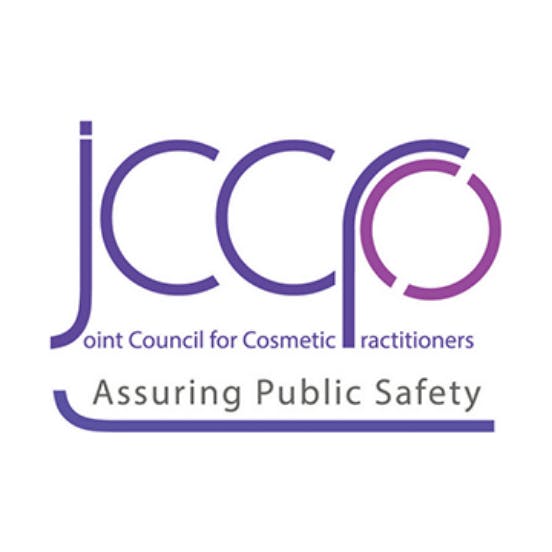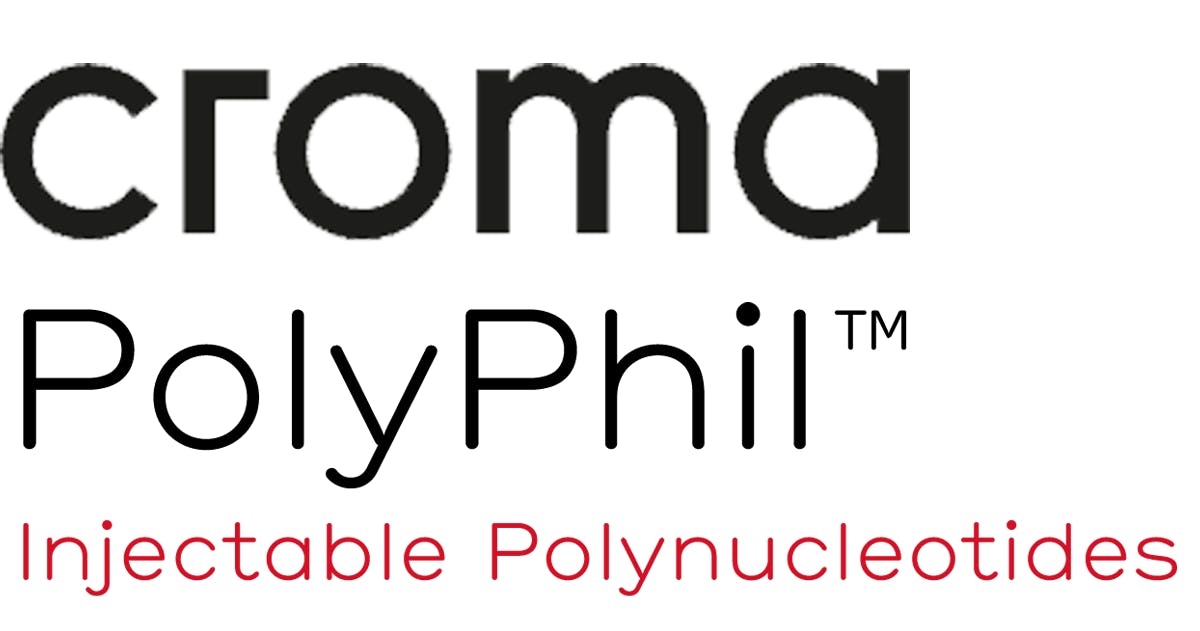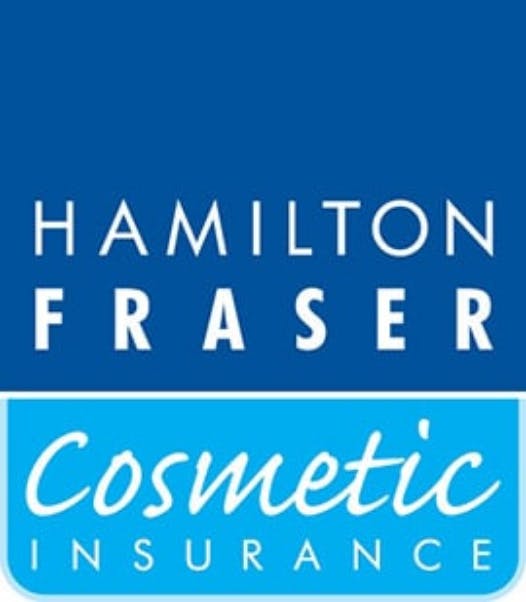Prescription Only Dermal Fillers

Following recommendations made by an All-Party Parliamentary Group (APPG) to increase patient safety in UK aesthetics, we are likely to soon see prescription only dermal fillers.
Giving dermal fillers the same standing as botulinum toxin sounds entirely sensible. However, should this move go ahead – as it seems likely to in Spring 2022 – there will be a number of ramifications for injectors.
Below we explore the effect prescription only dermal fillers may have on individual aesthetics practitioners and how you can prepare for these changes, now...

WHERE WILL YOU GET YOUR PRESCRIPTION ONLY DERMAL FILLERS FROM?
If this legislation comes to fruition, who will you get your prescription only dermal fillers from?
Working with a prescriber
For those of you already to access botox medications, start the filler conversation with them now. It may pay you to find out now what the situation is likely to be when this happens.
Bear in mind that prescribers must assess each patient individually and prescribe medications based on that face-to-face appointment. Remote prescribing is another area the APPG recommendations hope to crack down on, so ensure your prescriber meets the highest level of current criteria to the letter.
Consider becoming a prescriber
As with the current botox regulations, you will not be able to hold stock of fillers under the new rules.
For this reason, many aesthetics practitioners find it easier to qualify as a prescriber themselves. In the UK this involves completing a V300 course. One of the requirements for acceptance onto such a course tends to involve at least three years of aesthetic medicine practice after qualifying.
For Level 7 students, the time spent studying for your diploma can count towards these three years. If you meet the relevant course criteria, it is also possible to take your V300 at a participating institution and your Level 7 Diploma in Botox and Dermal Fillers, simultaneously.
Please note that Harley Academy does not offer a V300 course at present.

YOU WILL NO LONGER BE ABLE TO MENTION FILLERS IN YOUR MARKETING
The promotion of prescription only medications (POM) through marketing is strictly forbidden in the UK. This includes:
printed materials such as flyers and brochures
digital marketing including your website and any online advertising
social media posts, stories and any social media advertising you may run.
This should follow the same rules as botox does at present; it means the only place you are able to refer to the treatment by its POM name is on your price list.
Devising acceptable filler treatment names
You may have noticed that botox is often referred to as “anti-wrinkle injections” or “wrinkle reduction treatment”. These have been widely adopted by the UK aesthetics community as synonyms for botulinum toxin, given references to “botulinum toxin”, “botox” and brand names such as “Botox” are banned.
It’s likely a similar approach will be taken to mentioning dermal fillers and filler treatments online, particularly on social media. You may want to get ahead of the game here and start thinking about alternative names for your filler treatments.
Consider what the purpose of each procedure is and the outcomes, then devise a list of ideas based around these. For example, jawline filler could also be referred to as a “jawline contouring treatment”, whilst “lip augmentation” is another way to explain lip fillers.
Revising historic references to dermal fillers
One aspect of dermal fillers becoming prescription only, involves historic references to filler. This is yet to be confirmed but would cause a headache for long standing aesthetics practitioners in particular.
It’s likely that injectors will be required to remove all references to dermal fillers from their online marketing platforms. This means deleting or editing previous social media and blog posts to remove any references to “dermal fillers”, “soft tissue fillers”, “filler” or any filler brand names such as Juvéderm or Radiesse.
In addition to editing text, this could spell a lot of extra work when it comes to video editing – both visual and captions, to be fully compliant.
Whilst it has not been stated that this would be a requirement of the new ruling, it stands to reason that it is likely to be the case, as it would follow the same restrictions placed on botulinum toxin references.
Again, it may be worth making some headway now by amending older content or making a list of what to delete and what to edit, when the time comes.
Do you think dermal fillers should be made prescription only? Let us know your thoughts over on the Harley Academy Comma if you’re a student, or in the comments of our Instagram account if not.
All information correct at the time of publication
Download our full prospectus
Browse all our injectables, dermal fillers and cosmetic dermatology courses in one document
By submitting this form, you agree to receive marketing about our products, events, promotions and exclusive content. Consent is not a condition of purchase, and no purchase is necessary. Message frequency varies. View our Privacy Policy and Terms & Conditions
Attend our FREE open evening
If you're not sure which course is right for you, let us help
Join us online or in-person at our free open evening to learn more
Our Partners













STAY INFORMED
Sign up to receive industry news, careers advice, special offers and information on Harley Academy courses and services

